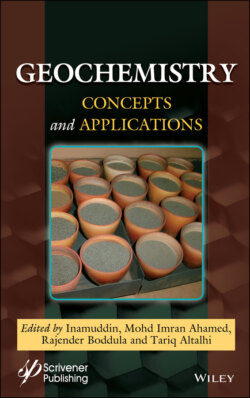Читать книгу Geochemistry - Группа авторов - Страница 19
1.3.2.5 Ingestion of Contaminated Wild Foods
ОглавлениеEdible wild plants and animals foods such as mushrooms and honey harvested from serpentinitic geological environments have been reported to have high concentrations of toxic contaminants [4]. For example, wild edible mushroom species (e.g., Russula delica) harvested from serpentine had higher Cd, Cr, and Ni than those from volcanic sites [55]. Higher Al, Zn, and Pb were also observed in edible mushrooms in the Great Dyke (Zimbabwe), a well-known serpentinitic geological system than those from non-serpentinitic environment [56]. Wild honey harvested from the wild and apiaries in serpentinitic environments had high concentrations of toxic metals compared to that from the control [57, 58]. In Kosovo, the concentration of nickel in honey from serpentinitic flora (3.71 mg/kg) was twice that of the non-serpentine one (1.66 mg/kg) [58]. The same authors concluded that the high Ni in honey originated from Ni in dust from serpentine soils, and nectar collected by honeybees from Ni accumulating plants growing on serpentine soils.
As Gwenzi [4] pointed out, food crops, livestock products such as meat and milk, and edible rodents and insects derived from serpentinitic geological environments may also contain high concentrations of toxic contaminants. For example, paddy rice from serpentine soils had high total Ni concentration of 472 mg/kg and posed human health risks [59]. In Galicia (Spain), forage growing on serpentines accumulated Cr, Cu, and Ni, resulting in toxic concentrations of Ni in kidneys (1.296–1.765 mg/kg) and liver (257 mg/kg) [60]. In the same study, the concentrations of Ni and Cu in animal tissues were significantly correlated to concentrations in the soils and forage (r2 = 0.71–0.87). Insects and rodents occurring on metal contaminated environments have been reported to accumulate toxic contaminants such as metals [61–63]. Although data on toxic contaminants in edible insects and rodents on serpentinitic geological environments are still lacking, one may infer that such edible insects and rodents may also accumulate toxic contaminants [4]. Hence, the consumption of wild foods is a non-occupational exposure route for toxic contaminants.
